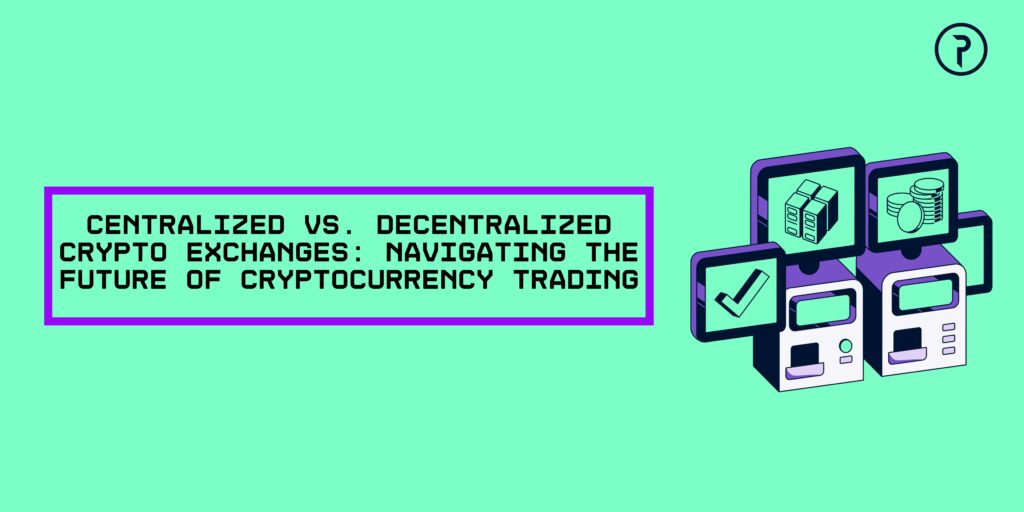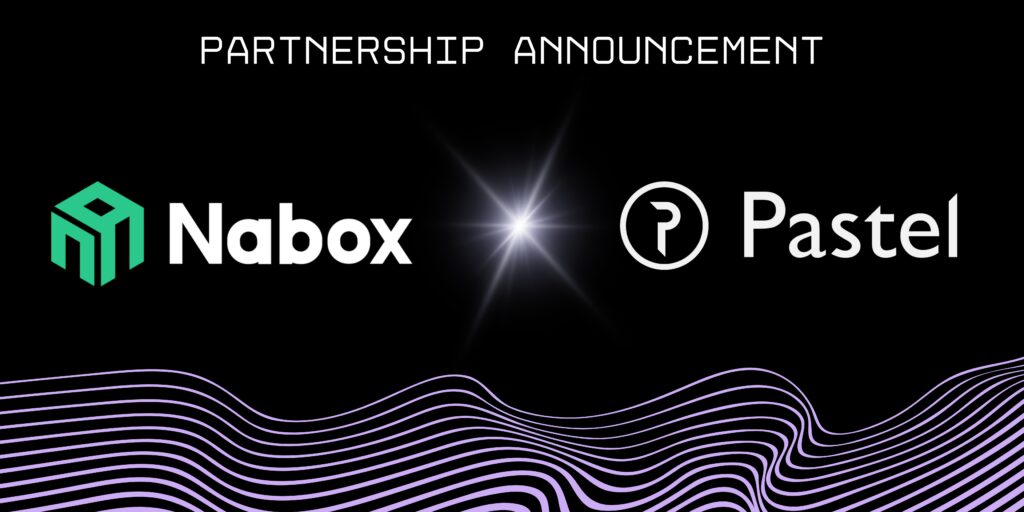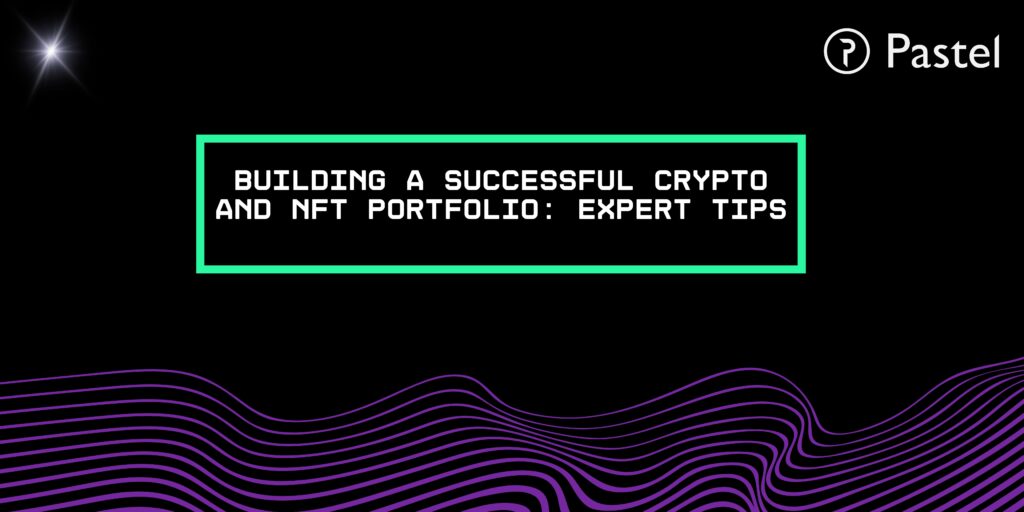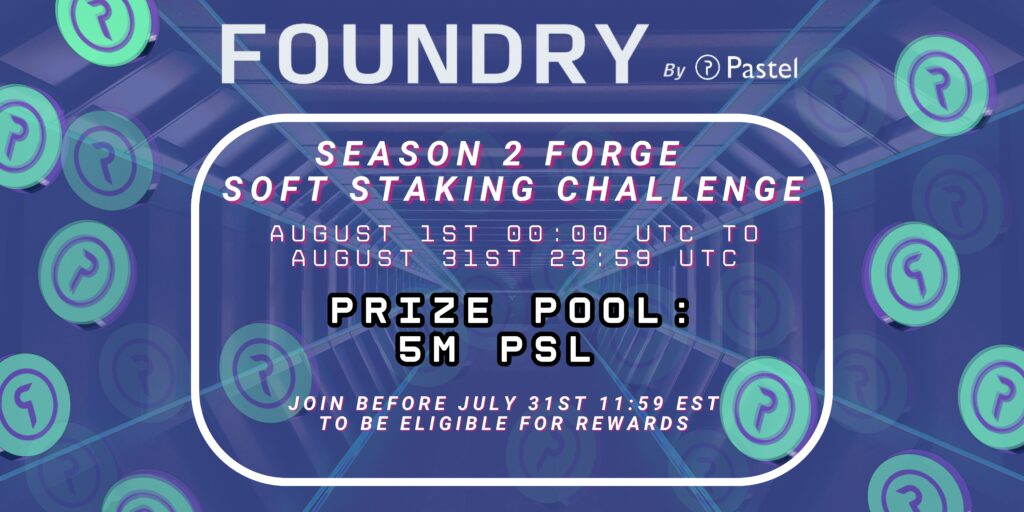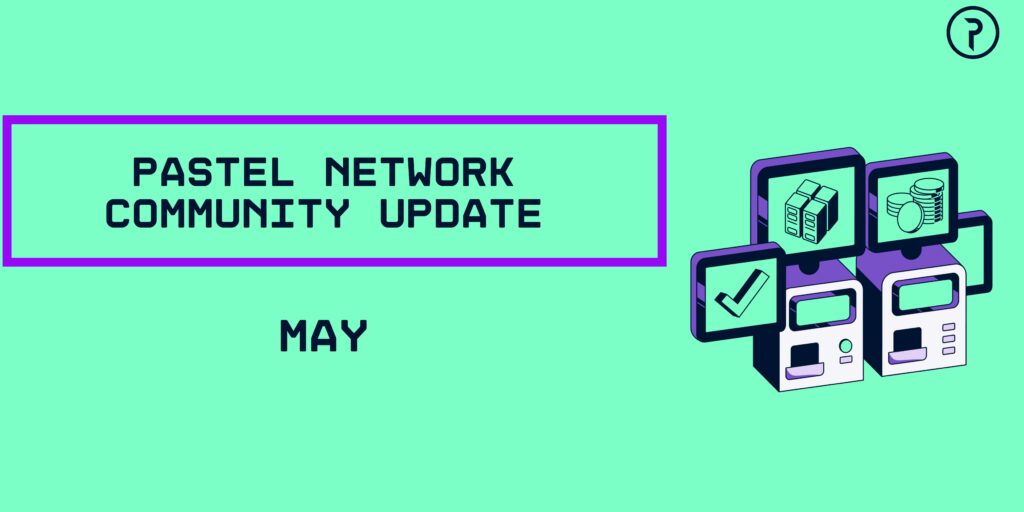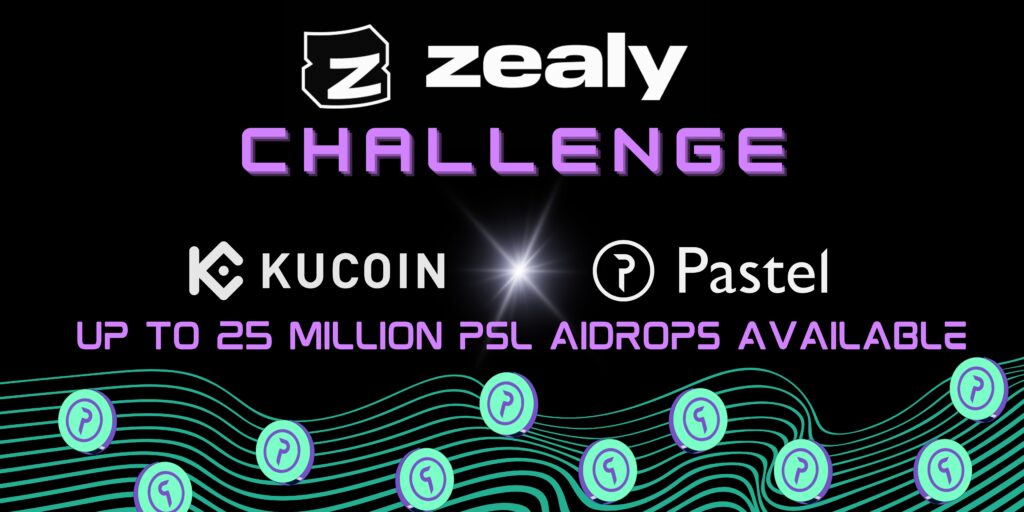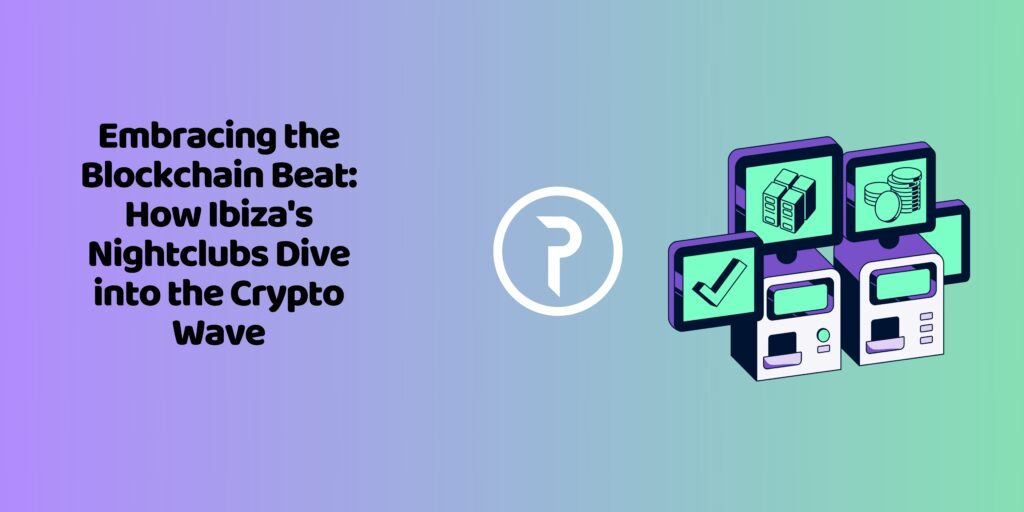Pastel Network is excited to announce that it’s teaming up with Parity Technologies, a leading core blockchain infrastructure company — the builders behind Polkadot and Substrate. Parity will collaborate with Pastel with the goal of providing Pastel’s Sense and Cascade protocols to its NFT ecosystem. This collaboration signifies the continued successes of both Pastel and Parity, and is a massive step forward for the overall NFT ecosystem. It is a testament to the growing need for NFT reliability, security and verifiability, solved via Pastel’s advanced infrastructure.
What is Parity Technologies?
Parity Technologies provides decentralized infrastructure for Web3, enabling blockchains to operate together at scale. It is creating an open-source creative commons that will enable people to create better institutions through technology. This started with work building Ethereum. Today, Parity is focused on Substrate, an industry-standard blockchain framework. It has used it to build Polkadot, a decentralized web blockchain meta-protocol, securing and connecting crypto-economies to the world.
What is Polkadot?
Polkadot is the first fully-sharded blockchain. Polkadot enables scalability by allowing specialized blockchains to communicate with each other in a secure, trust-free environment.
Polkadot is built to connect and secure unique blockchains, whether they be public, permissionless networks, private consortium chains, or other Web3 technologies. It enables an internet where independent blockchains can exchange information under common security guarantees.
Polkadot is a living network with the core pillars of governance and upgradability. The network has an advanced suite of governance tools and, using the WebAssembly standard as a “meta-protocolâ€, can autonomously deploy network upgrades. Polkadot adapts to one’s growing needs without the risks of network forks.
By connecting these dots, Polkadot serves as a foundational layer of a decentralized web, where users control their data and are not limited by trust bounds within the network.
What is Substrate?
Substrate is a Software Development Kit (SDK) specifically designed to provide you with all of the fundamental components s blockchain requires so you can focus on crafting the logic that makes your chain unique and innovative.
Substrate is a fully modular blockchain framework that lets you compose a chain with explicitly decoupled components, by selecting the network stack, consensus model, or governance method that suits one’s project or by creating one’s own components.
All of the Substrate architecture and tooling is available under open-source licensing. Substrate also has a large, active, and helpful builder community contributing to the ecosystem. Contributions from the community enhance the capabilities available for you to incorporate into your own blockchain as it evolves.
All Substrate-based blockchains can interoperate with the other blockchains through Cross-Consensus Messaging (XCM). Substrate can be used to create chains as independent networks (solo chains), or tightly coupled to a relay chain to share its security as a parachain.
Substrate is built to be upgradeable, composable, and adaptable. The state transition logic — the Substrate runtime — is a self-contained WebAssembly object. Your nodes can be given the ability to completely change the runtime itself under specific conditions, inducing a runtime upgrade network wide. Thus “forkless†upgrades are possible, as no action is required in most cases for nodes to operate with this new runtime. Over time, your network’s runtime protocols can seamlessly, and perhaps radically, evolve with the needs of your users.
What does a Pastel Collaboration mean for the Polkadot ecosystem?
In the immediate term, we are excited to collaborate with Parity to bring our mission-critical Web3 protocols to the Polkadot Ecosystem, which can be integrated seamlessly across all native layer-1s and layer-2 dApps. We will specifically work with Polkadot’s layer-1 parachains and their NFT and DeFi dApps built on top of them to integrate Pastel’s:
- Near-Duplicate NFT Detection (Sense) → Deep-learning technology that assesses the relative rareness between NFTs to detect counterfeits, scams, or copyright infringement and provide a certification of authenticity.
- NFT Data & Metadata Storage (Cascade) → Fully distributed, permanent and entirely redundant storage protocol. Pay once and store forever. Prevent centralized points of failure, monthly subscription maintenance, IPFS pinning & 404 errors.
Given the lightweight nature of these protocols and their interoperability as Web3 Open APIs, any Polkadot ecosystem member will be able to directly access Pastel’s near-duplicate NFT detection and store NFT metadata in a cryptographically secure, redundant, and distributed manner.
In the longer term, we will work directly with Parity Technologies to develop fully decentralized and trustless interoperability via a communication bridge. As a non-parachain blockchain, Pastel Network can achieve trustless communication with Polkadot via a Substrate instance. This Substrate instance can be deployed to Polkadot via a common-good public utility or community-operated parachain. Initially, Pastel’s Network of high-compute validators (“SuperNodesâ€) can serve as a federation of off-chain agents.
With this type of interoperability, Pastel and Parity can bring decentralized NFT permanence and security to the entire ecosystem.
How does the integration work?
Pastel Network has not only worked relentlessly to develop incredible infrastructure for the NFT ecosystem, but to also deliver it to network partners in a lightweight, seamless manner. Partners of the Pastel Network such as Parity and along with other native blockchains or dApps communicate directly with Pastel via open Web3 APIs.
During NFT minting on Polkadot, secure and authenticated REST API calls pass the hash of the candidate NFT to Pastel Network. The return responses — 1) a JSON file with the relative rareness score in the case of Sense and 2) the SHA3–256 hash for the JSON file stored in Kademlia which itself contains the SHA3–256 hashes of the set of redundant copies of the JSON files in Kademlia — are signed by randomly selected SuperNodes operating on the Pastel Network. Smart tickets write and store the outputs to the Pastel blockchain, which is returned to Polkadot and included as additional Response fields in its NFT standard.
We are very excited to embark on this relationship and look forward to sharing more great news with the entire community.
If interested in learning more about Pastel and these revolutionary protocols, please see below:
Pastel Overview: https://pastelnetwork.wpengine.com/
Pastel Docs (more technical): https://docs.pastel.network/introduction/pastel-overview
Sense Protocol: https://sense.pastel.network/
Cascade Protocol: https://cascade.pastel.network/
About Pastel Network
Pastel Network is a fully decentralized, developer-friendly layer-1 blockchain serving as the preeminent protocol standard for non-fungible tokens (“NFTsâ€) and Web3 technology.
Pastel allows for the development of third-party decentralized-applications (“DAppsâ€) to sit on top of its Network, enabling developers to enjoy the scalable registration features, storage processes, and security of the broader ecosystem. Lightweight protocols such as Sense — which was built to assess the relative rareness of a given NFT against near-duplicate metadata — and Cascade — which conducts permanent, distributed storage of underlying NFT data — can be integrated cross-chain across various layer-1 blockchains, layer-2 protocols, or other third-party apps.
Pastel is managed by world-class developers, cryptographers, and technologists, supported alongside an experienced and extensive network of marketers, influencers, and third-party agencies. Pastel is backed by key stakeholders including Innovating Capital, a prominent venture fund.
For more information on Pastel Network, visit https://pastelnetwork.wpengine.com/.
Website | Telegram | Twitter | Instagram |Github | Wiki | Discord
This article was first published by our team here.
